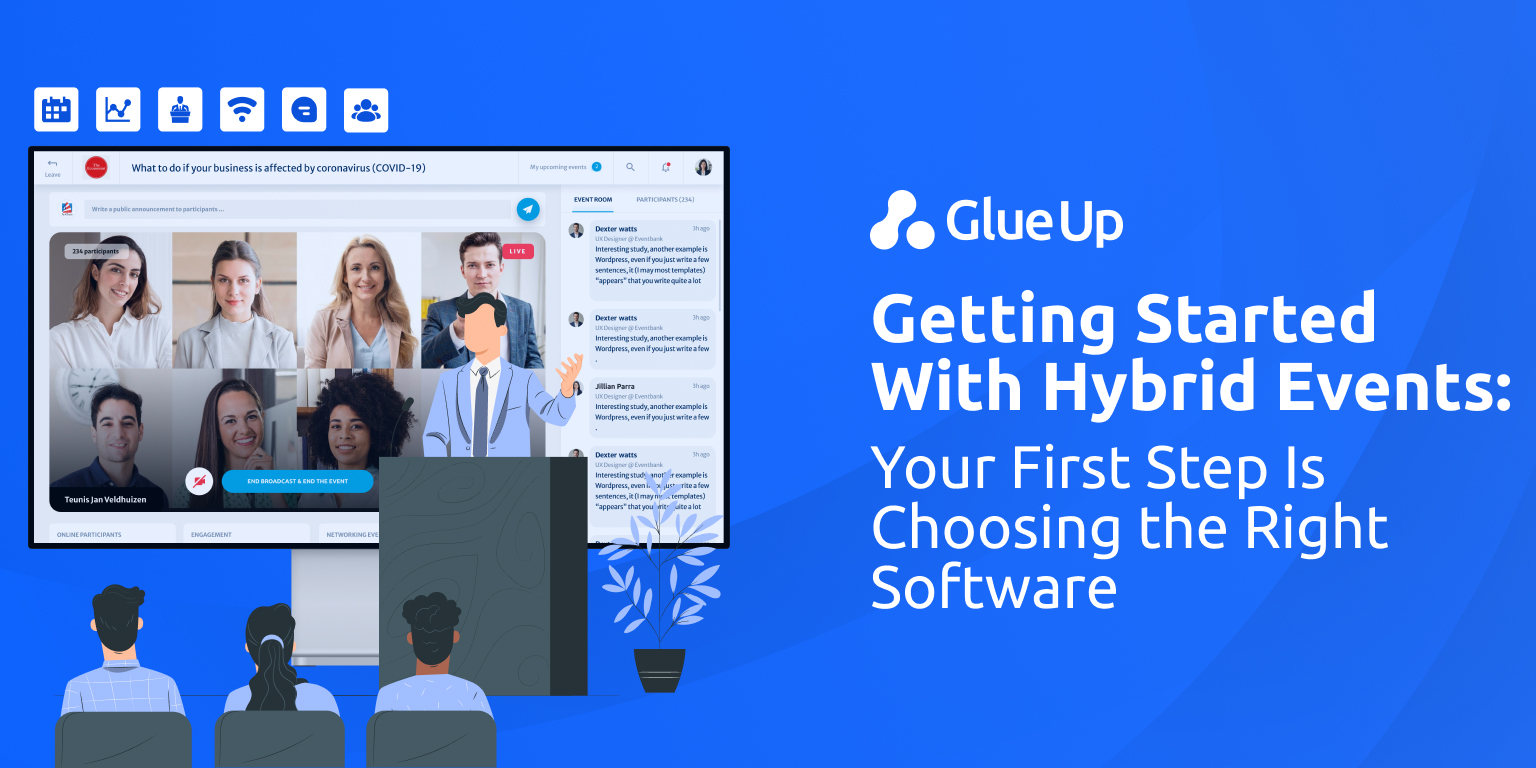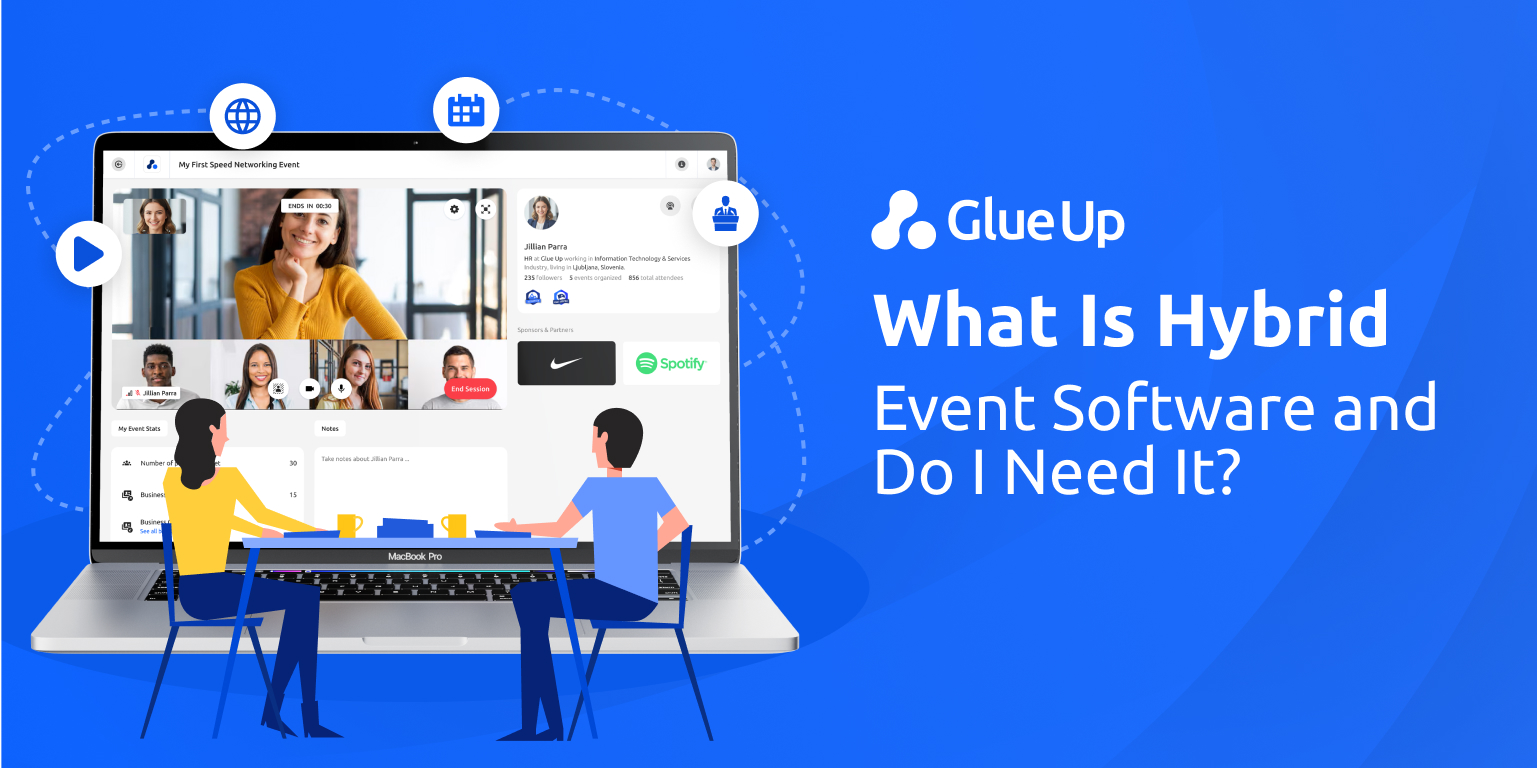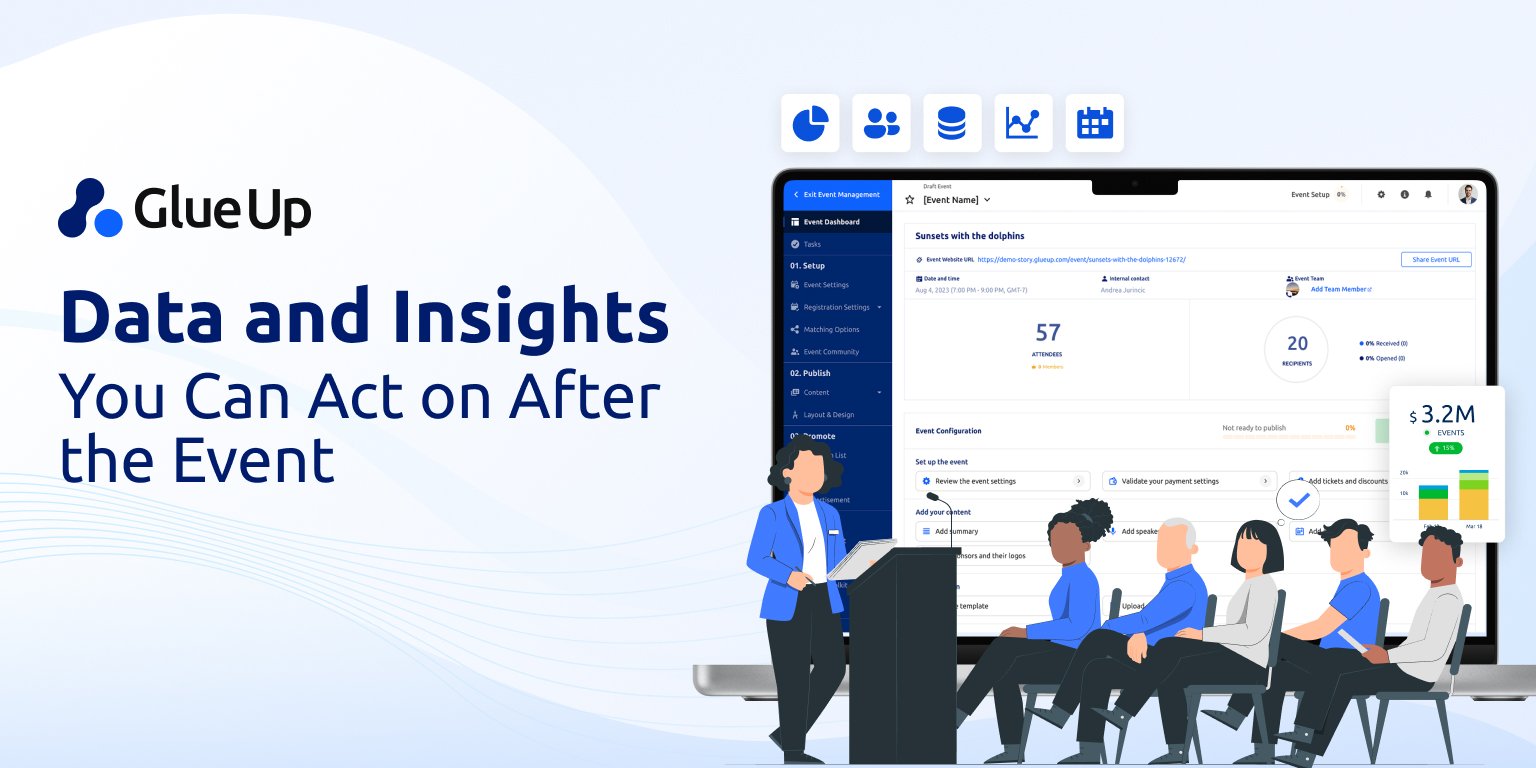
Step into a ballroom after the final applause fades and you’ll often see the same scene: scattered programs, empty chairs, half-finished coffee cups, and organizers quietly wondering, Will anyone remember this event a month from now? The reality is, most won’t, unless you apply memorable event planning tips that transform fleeting moments into lasting memories. These strategies go beyond budgets and logistics; they’re about deliberately designing experiences that stick in your attendees’ long-term memory.
For associations and chambers, this is the hidden lever for stronger renewals, deeper engagement, and higher sponsorship value. Behavioral science, especially Daniel Kahneman’s peak-end rule, shows us that people rarely recall the entire arc of an experience.
What they remember are two touchpoints: the emotional peak and the way it ends. That’s why the most effective memorable event planning tips focus less on what fills the middle and more on crafting intentional highs and powerful closings.
Glue Up’s AI-powered event management tools make it possible to scale this science, moving from theory to practice. Let’s explore how.
Key Takeaways
- Attendees remember events based on their most intense moment (the “peak”) and how it ends. Designing a clear emotional high point and a strong closing is the fastest way to create lasting impact.
- Low-cost touches like lighting, scent, and music shape how people feel in a room. Associations and chambers can amplify attendee focus and mood without spending heavily by tailoring sensory cues to different agenda slots.
- Events that allow attendees to co-create, through polls, workshops, or live idea boards, stick in memory because people feel they actively shaped the experience instead of passively consuming it.
- AI tools can curate personalized agendas, matchmaking nudges, and follow-up recommendations, ensuring every participant feels the event was designed for them. Personalization drives higher engagement and renewal rates.
- Event success isn’t only about registrations. Combining moment-based feedback (polls, CES), memory metrics (NPS, emotional tone surveys), and money metrics (renewals, sponsorship ROI) provides a full picture of how well an event performed.
How To Design an Event Theme That Resonates with Attendees
Think of your theme as the north star. Too often, themes are vague catchphrases: “Future of Business,” “Innovation in Motion,” “Charting the Path Ahead.” They sound grand, but they fail to answer the only question attendees really care about: What does this mean for me?
A theme that resonates is anchored in member outcomes. For example, instead of “Future of Work,” frame it as “Your Seat at the Future Table.” The subtle difference is monumental. The first sounds like a lecture; the second invites the attendee to imagine themselves as part of that story.
A resonant theme must do three things:
Mirror the professional aspirations of attendees.
Be visible everywhere (registration pages, emails, on-site visuals).
Tie every session back to the central promise.
Glue Up makes it possible to unify this message across touchpoints. With customizable event pages and branded templates, every interaction reinforces your chosen narrative. That cohesion builds anticipation and embeds the theme into memory.
Ways To Use Sensory Elements to Boost Memorability
Our brains tag multi-sensory experiences as important. That’s why a smell, a song, or a flash of light can pull up memories from years ago. Events that tap into sensory design gain a neurological advantage.
Scent: Studies show citrus scents boost alertness. Imagine a morning keynote with a subtle orange infusion in the air. Your attendees are awake and neurologically primed.
Sound: Music tempo influences energy levels. Slow jazz during networking encourages conversation. High-tempo playlists between sessions reenergize the room.
Lighting: Blue-toned light sharpens focus. Warm lighting makes people feel more relaxed and social. Transitioning between them helps set the right mood at the right time.
These are low-cost anchors for long-term memory. Glue Up’s scheduling and communication features let organizers map these sensory transitions into agendas and share them with teams in real time, ensuring consistency from room to room.
Low Budget Interactive and Memorable Event Planning Tips That Engage Guests
You don’t need a six-figure AV budget to make an event memorable. Attendees crave interaction. Some of the best memorable event planning tips cost almost nothing:
Live Polling: Use real-time audience questions to shape panels.
Voting Walls: Create digital boards where attendees post solutions to a challenge.
Treasure Trails: Guide expo visitors with small incentives that push them to explore booths.
Micro-Clinics: Host 15-minute “ask the expert” corners.
When attendees co-create the experience, they leave with stories worth retelling. Glue Up’s attendee app integrates live polls, surveys, and engagement boards, giving you the tools to pull this off without outsourcing to multiple vendors.
Metrics To Measure Attendee Experience Success
If you can’t measure it, you can’t improve it. But measuring event success requires more than a final headcount. You need to track three categories:
Moment Metrics: Session ratings, live poll responses, and participation numbers.
Memory Metrics: Net Promoter Score (NPS), post-event surveys, sentiment analysis.
Money Metrics: Renewal rates, upsells, sponsorship conversions.
Together, they tell you if attendees enjoyed themselves, remembered what mattered, and took action afterward. Glue Up’s analytics dashboard centralizes this into a single source of truth, so you don’t waste weeks stitching together spreadsheets.
How To Personalize Experiences for Different Audience Segments
Personalization is the baseline expectation. Attendees know Netflix can recommend their next show and Spotify their next song, so why shouldn’t your event recommend the right session, table, or connection?
With AI, personalization becomes scalable. Imagine curated agendas built dynamically from attendee profiles. Or nudges that suggest relevant breakout sessions based on job title. Or matchmaking tools that connect two members with shared interests over coffee.
Glue Up’s AI Copilot delivers this. It transforms static agendas into living recommendations, ensuring every participant feels the event was tailored for them. That level of relevance is memorable and addictive.
Sample Agenda Templates for a Memorable Corporate Event
Here’s a blueprint for a single-day event designed with the peak-end principle:
Morning: Welcome keynote that sets the emotional tone, reinforced by scent and sound design.
Late Morning: Breakout sessions with live polling to shape direction.
Midday Peak: Interactive, high-energy keynote with audience co-creation.
Afternoon: Small-group clinics, networking powered by AI matchmaking.
Closing: Recognition ceremony, storytelling moment, or surprise announcement to cement the memory.
The agenda is choreographing an emotional journey. Glue Up offers downloadable agenda templates to help planners replicate this structure.
How To Measure Emotional Impact After an Event
Numbers matter, but so does emotional resonance. The question isn’t just Did they attend; it’s Did they feel something worth remembering?
You can measure emotional impact through:
Post-event surveys with open-ended reflection questions.
Sentiment analysis on chat transcripts and social mentions.
Emotional tone surveys sent days later to capture long-term resonance.
Glue Up makes this practical with built-in survey packs and AI analytics that track emotional trends over time.
Memorable Event Planning Tips for Attendee Co-Creation Activities During Conferences
When people help build something, they remember it. Co-creation turns attendees from passive listeners into active participants. Try:
Crowdsourced content: Collect questions before the event and let the audience vote on which panels address them.
Unconference sessions: Allow attendees to self-organize breakout discussions.
Digital community boards: Open Glue Up’s community platform so members can continue contributing even after the event ends.
Co-creation creates ownership, and ownership creates loyalty.
Best Ways to Integrate AI Into Event Personalization
AI is often seen as intimidating, but in events, it’s simply a smart extension of personalization. Here are the most practical applications:
Predictive Recommendations: Suggest sessions or networking matches based on behavior.
Dynamic Networking: Pair attendees who share goals, industries, or interests.
Automated Follow-Up: Deliver content and offers based on sessions attended.
The caution is clear: AI should never replace human touch. Instead, it should scale what planners already do well. Glue Up’s AI Copilot operates exactly in this space, empowering planners to deliver personalization that feels warm.
Conclusion
Memorable event planning tips are creating intentional highs, thoughtful endings, and sensory anchors that stick. They’re about designing for memory.
When associations and chambers master this, they stop competing for attention and start owning space in members’ minds. That ownership translates into renewals, referrals, and stronger non-dues revenue.
With Glue Up’s all-in-one event management solution, powered by AI, you don’t just plan events. You engineer memories. And those memories fuel growth.
Download our free agenda templates today and start designing events that people won’t stop talking about. Or book a demo and see how Glue Up makes it possible.



